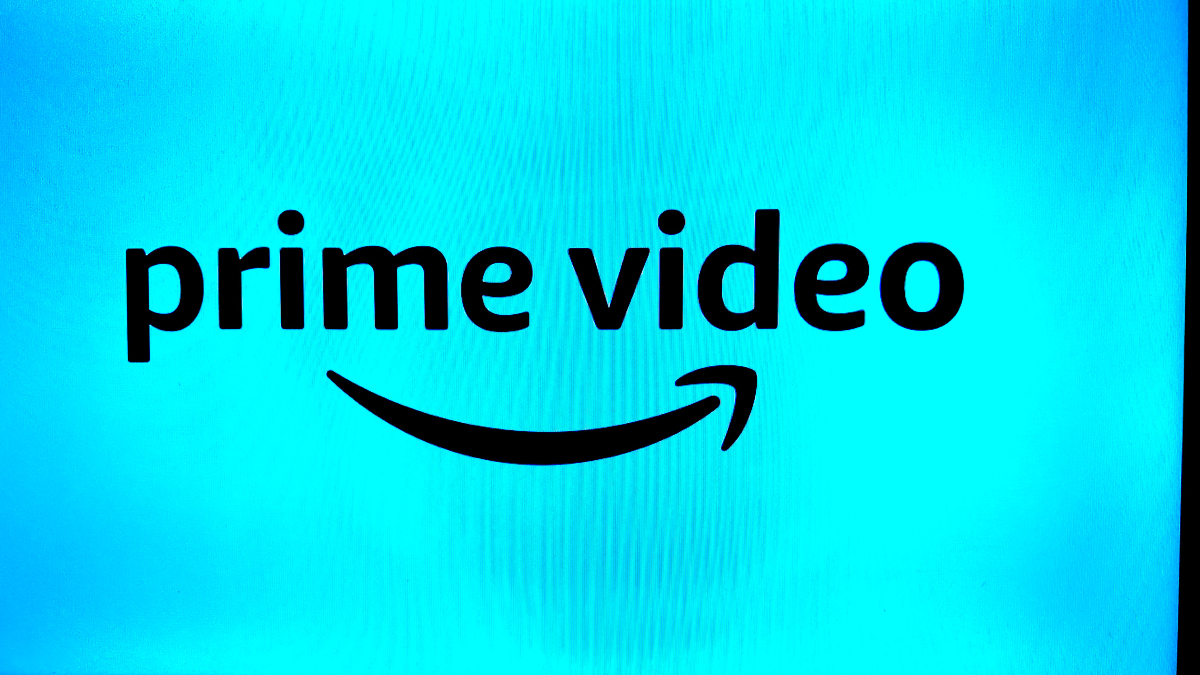What’s Going on With the Amazon Prime Video Class Action Lawsuit?

Amazon’s recent decision to start charging subscribers an additional fee for ad-free content could have legal consequences. In a rare glimmer of optimism for our capitalist hellscape, the mega-corp is the target of a class action lawsuit filed in California earlier this month.
Last year, Amazon announced plans to start charging a $2.99 fee for ad-free content on Prime Video, in addition to the regular monthly or yearly fee subscribers were already paying for the service. Prior to the change, users could pay for a yearly subscription to Amazon Prime, which included access to Prime Video content without ads and two-day shipping; Prime Video was (and is) offered as a separate subscription to those unwilling or unable to fork over $150 a year to Jeff Bezos’ yacht fund.
Amazon turned ads on for all Prime Video subscribers on January 29 and began asking for an additional $2.99 monthly fee to go ad-free again. If it sounds shady, that’s because it is. And it might also be illegal. According to a lawsuit filed against the company on February 9 in Washington, Amazon violated consumer protections and committed a breach of contract when it began requiring an additional fee for a service millions of customers were already paying for.
Variety obtained a copy of the lawsuit, which is seeking class action status and accuses Amazon of conduct that is “immoral, unethical, oppressive, unscrupulous and substantially injurious to consumers.” Tell us something we don’t know, am I right! Per the lawsuit:
For years, people purchased and renewed their Amazon Prime subscriptions believing that they would include ad-free streaming. But last month, Amazon changed the deal. To stream movies and TV shows without ads, Amazon customers must now pay an additional $2.99 per month… This is not fair, because these subscribers already paid for the ad-free version; these subscribers should not have to pay an additional $2.99/month for something that they already paid for.
It’s not the act of charging for ad-free content that is at issue; other streaming services offer subscription tiers with and without ads. It’s how Amazon implemented the new system, which makes ad-supported content the default subscription and turned Prime Video into the largest ad-supported streaming platform literally overnight. Per Variety, Prime Video could net an estimated $3 billion—with a B—in ad revenue this year alone.
Who can join the Amazon class action lawsuit?
The lawsuit was filed by the Dovel & Luner law firm of California on behalf of defendant Wilbert Napoleon (great name, no notes), and concerns consumer protections in California and Washington. Legal representation is seeking class action status, which would allow anyone who had an annual subscription to Amazon Prime prior to December 28, 2023 to benefit from a judgment in favor of the defendant. In other words: if the filing becomes a class action lawsuit and a judge determines that Amazon is guilty of violating the terms of its own contract, the company will likely be ordered to compensate anyone with an annual subscription to Amazon Prime, as long as that subscription was active on December 28, 2023.
(featured image: Peter Dazeley, Getty Images)
Have a tip we should know? [email protected]
